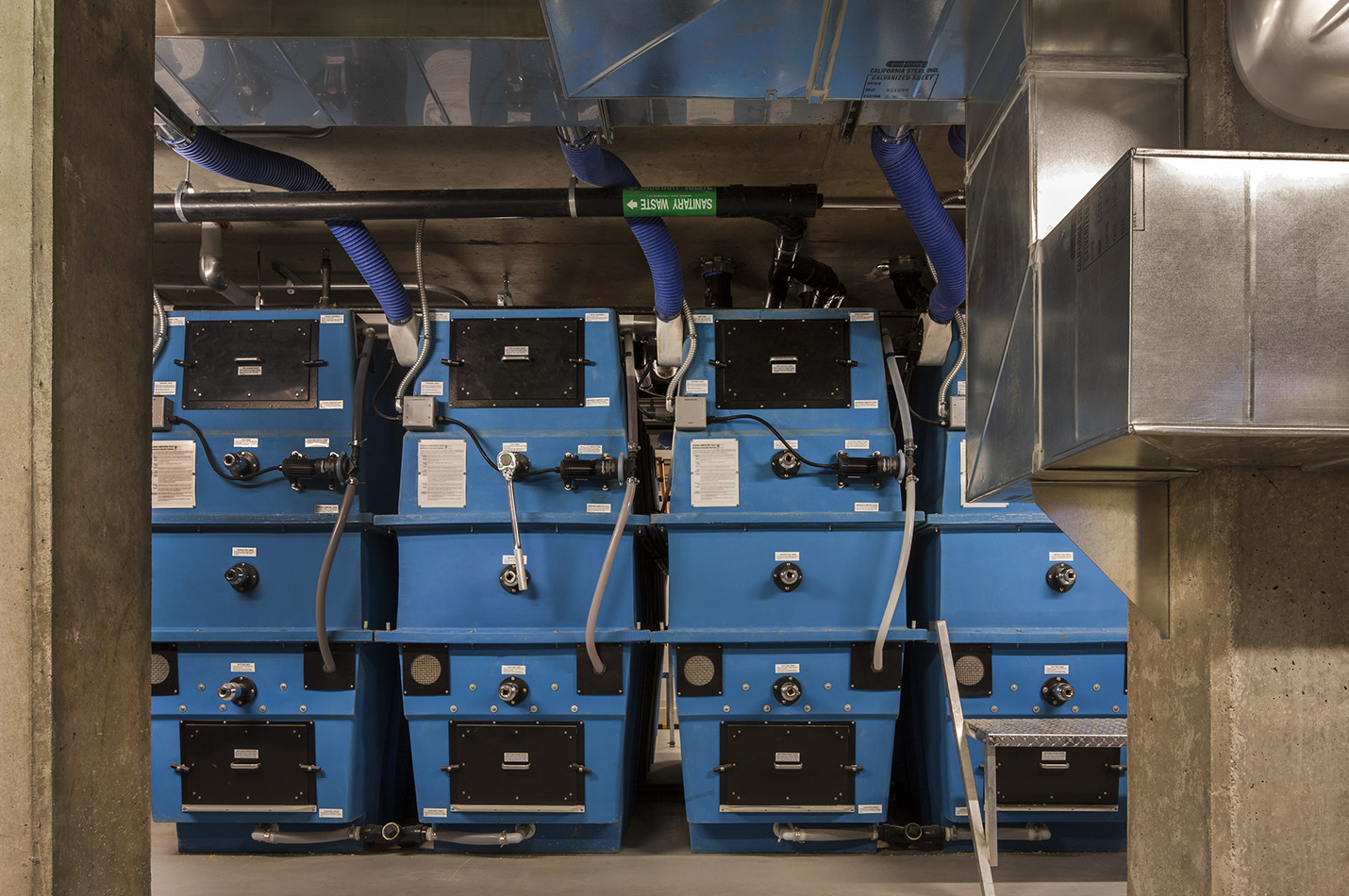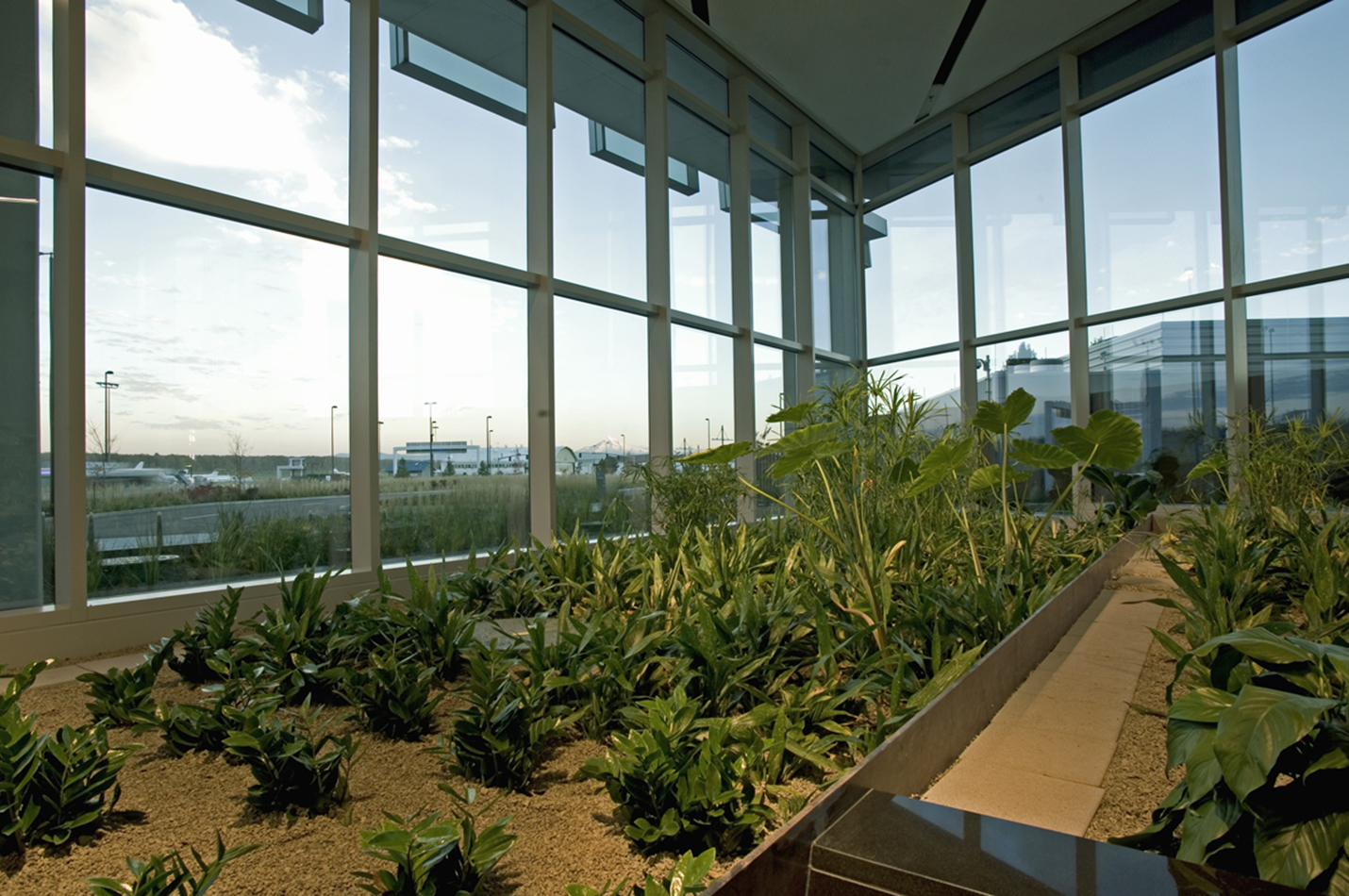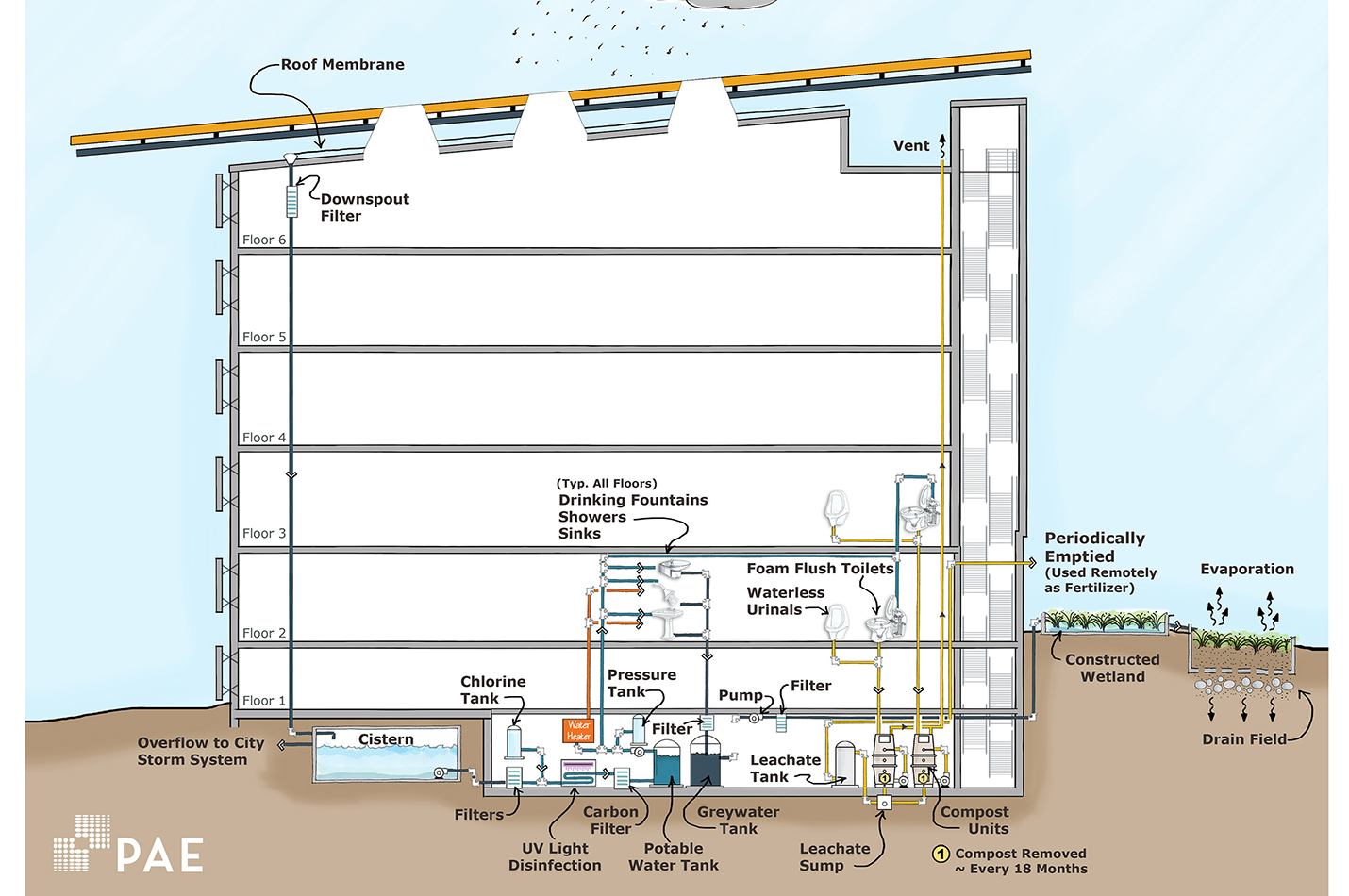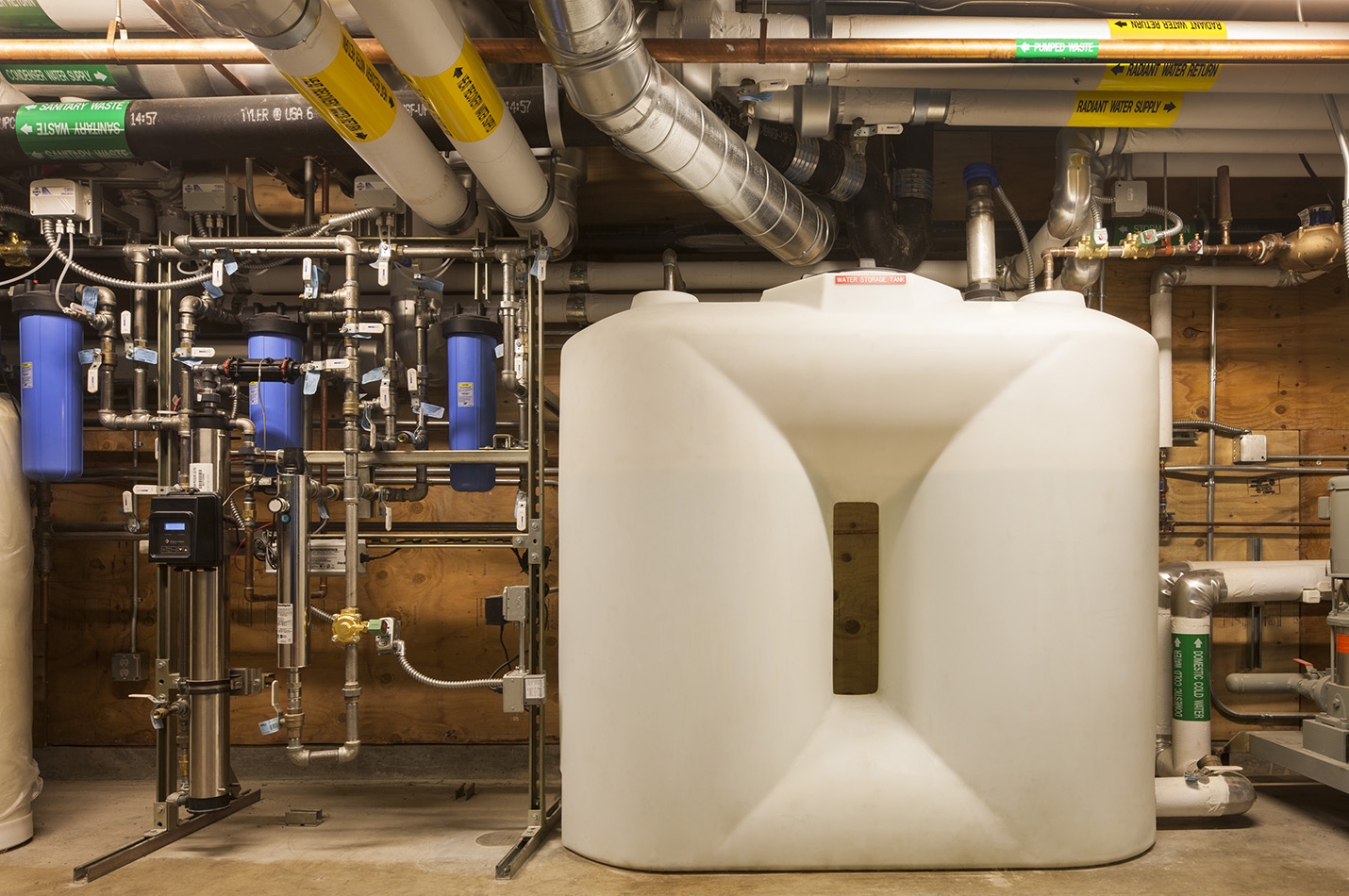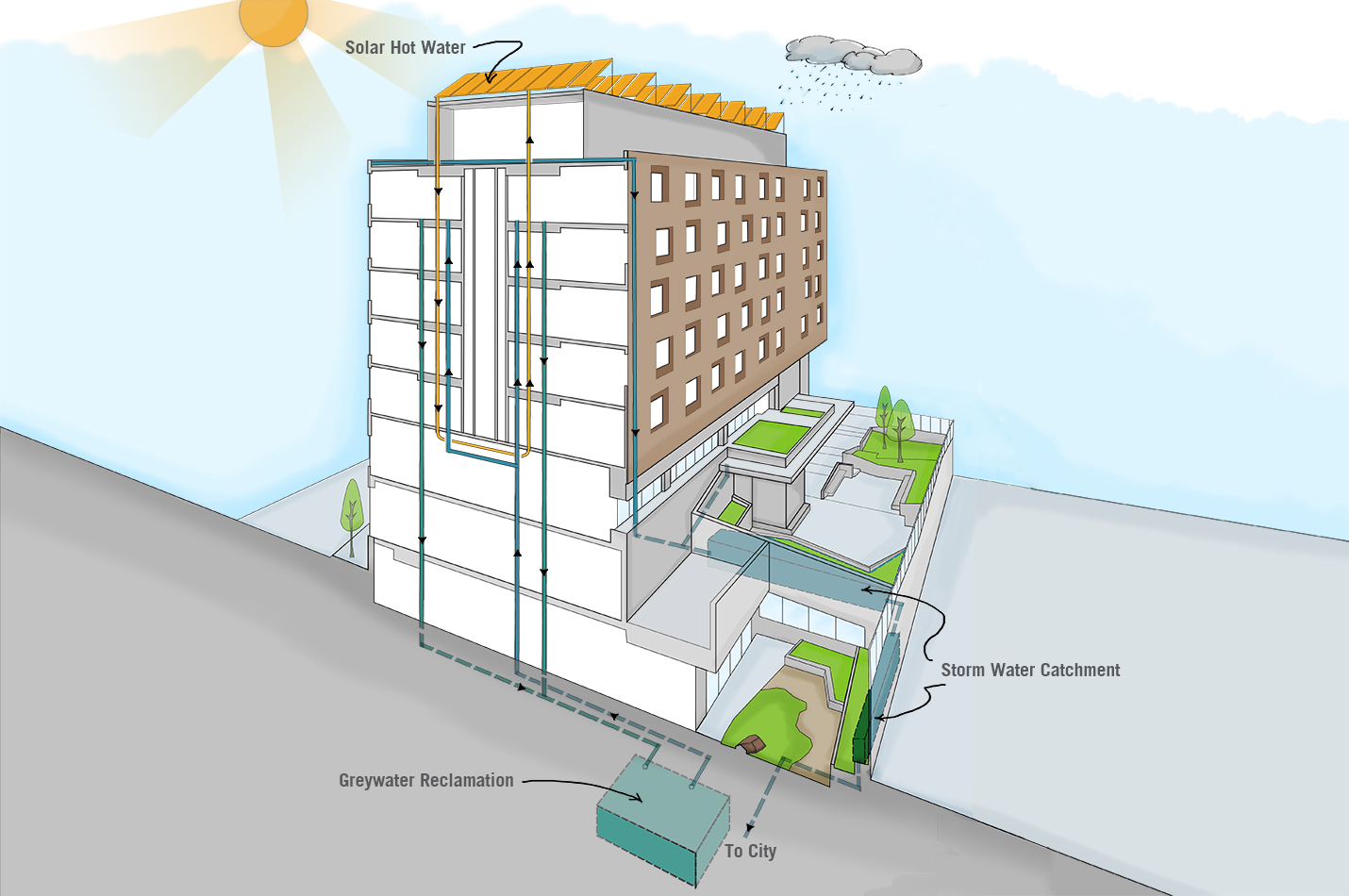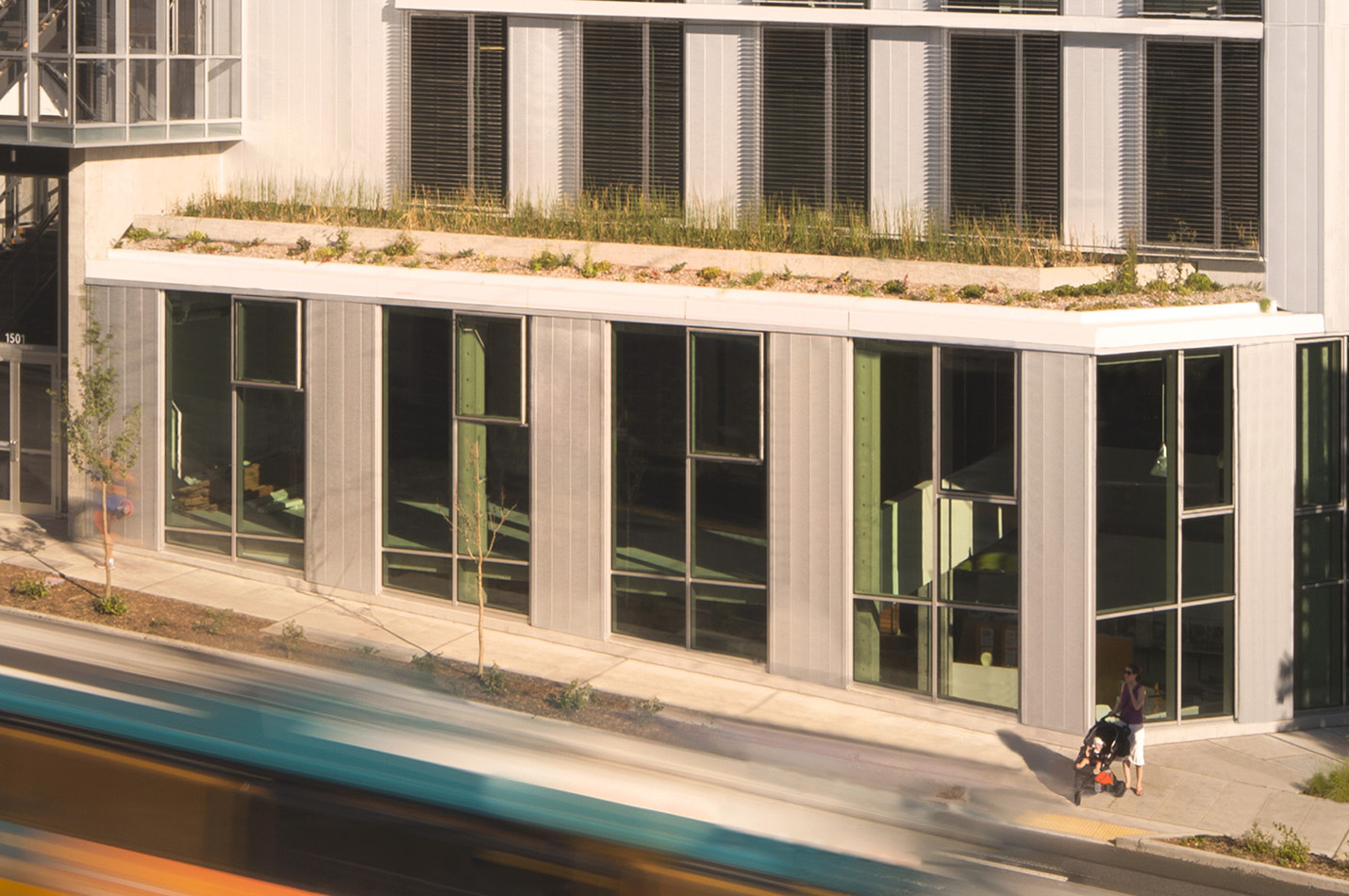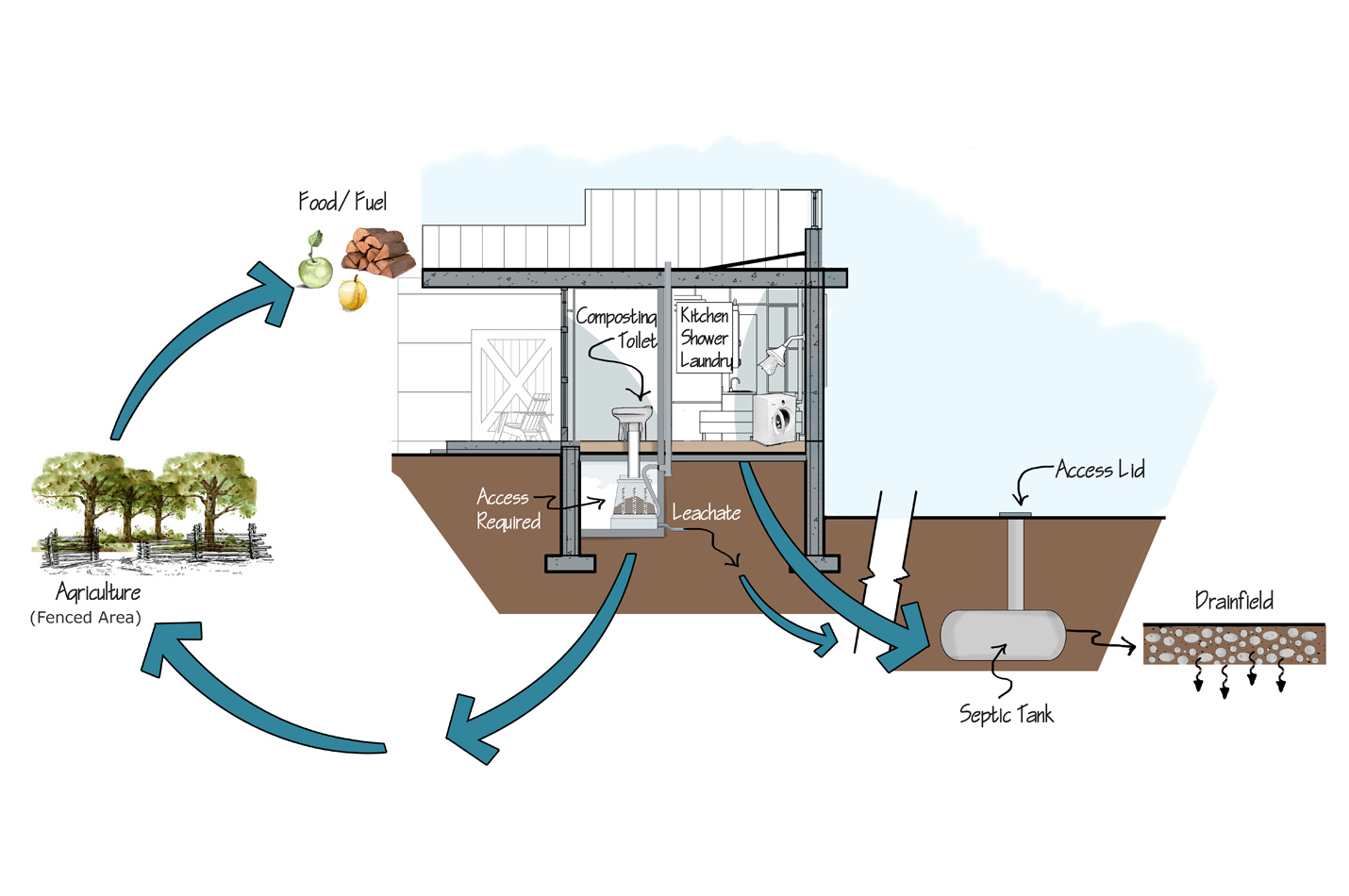Water-saving solutions create new ecosystems
It’s no secret: We have a water problem. But since buildings only use about 12% of the water in the U.S., the ultimate solution to our water challenges will require innovations beyond the building sector.
Most people don’t know that our water troubles are deeply tied to our energy challenges. Forty percent of the water used in the country is used in power plants, and in California, 20% of all electricity in the state is used to transport and clean water.
Translation: Saving water saves energy, and saving energy saves water. PAE is adept at both.
Achieving Net-Zero Water
Water-saving design solutions are critically important to the projects PAE gets involved with. Using an innovative approach to achieving Net-Zero Water, our systems have achieved varying degrees of closing the water and nutrient cycles.
PAE’s approach to Net-Zero Water design mirrors our approach to Net-Zero Energy design. We tackle Net-Zero Water projects in six steps:
- Eliminate pollution in water systems
- Analyze the ecosystem and climate
- Reduce water use
- Separate water and nutrient streams
- Design utilizing natural processes
- Verify performance
After step three, once the building and site water use have been reduced as low as possible, we overlay water treatment systems into the design. These systems include:
- Rainwater-reclamation systems
- Black, grey, and brown water treatment systems
- Living Machines
- Constructed wetlands
- Yellow-water treatment systems
- Composting toilet systems
- Resource generation
- Non-potable irrigation and building systems
Applying permaculture to building design
PAE brings a unique voice in the area of permaculture design, a place-based methodology focused on the interconnectedness of water, soil, energy, architecture, food, and community. As a design methodology, permaculture seeks to build redundancy and resilience into a system by creating a diversity of functional connections.
Permaculture is typically a topic saved for local-food and organic-farming enthusiasts. But PAE is applying permaculture to building design by investigating patterns in the ecosystem as well as innovative farming techniques to inform how Living Building projects can stay connected to the local food web.
Visit our Work portfolio to learn more about our water-saving design solutions.




